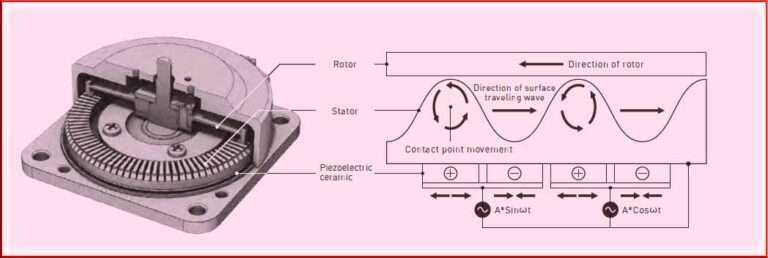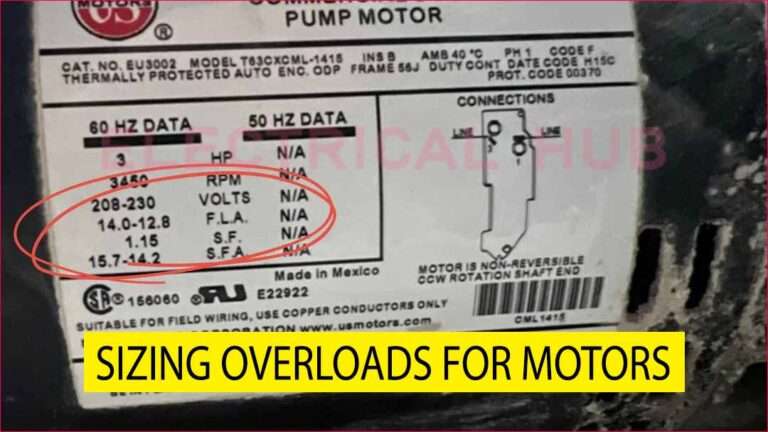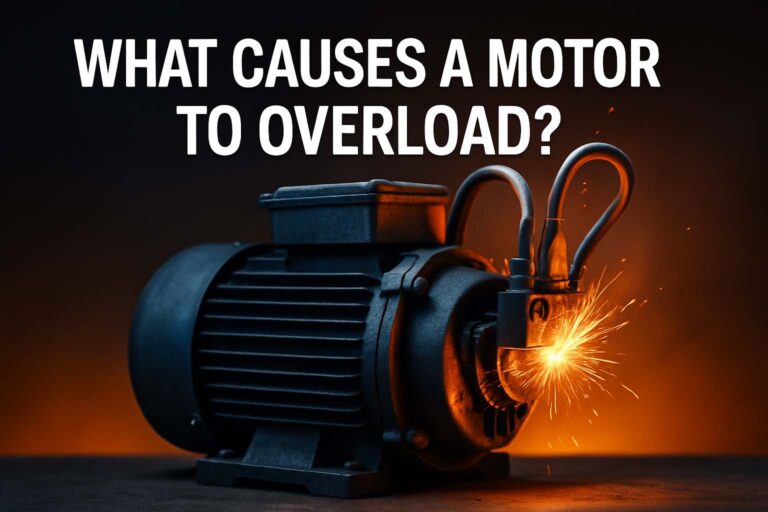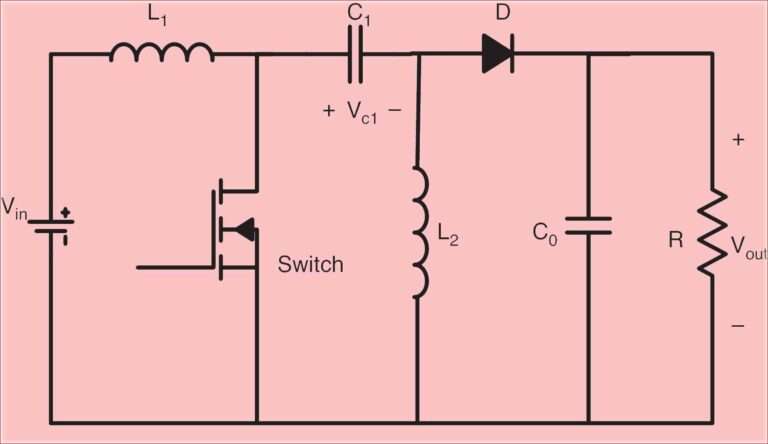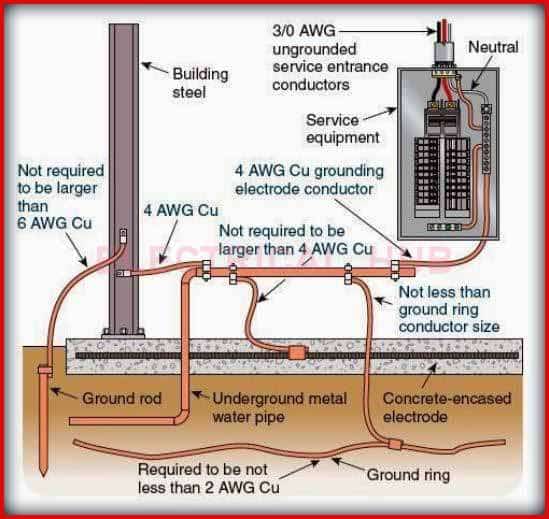Can Induction Motor Rotate at Synchronous Speed
Induction motors are commonly used in homes, industries, and commercial setups. Their robust design and low maintenance make them ideal for continuous operation. However, one question puzzles many engineers and students alike — can induction motor rotate at synchronous speed?
To answer this, we need to understand how an induction motor works and how its speed is determined by the input power and motor design.
What Is Synchronous Speed?
Synchronous speed is the speed at which the magnetic field of the stator rotates. This magnetic field rotates due to the alternating current applied to the stator windings.
It is given by the formula:
Synchronous Speed (Ns) = (120 × f) / P
Where:
- f is the frequency of the supply in hertz (Hz)
- P is the number of poles in the motor
Example Calculation
For a 4-pole motor connected to a 60 Hz power supply:
Ns = (120 × 60) / 4 = 1800 RPM
This is the speed of the rotating magnetic field, not the rotor itself.
Can Induction Motor Rotate at Synchronous Speed?
Now, let’s answer the main question — can induction motor rotate at synchronous speed?
The short answer is no, under normal operating conditions, an induction motor cannot rotate at synchronous speed. This is due to the very nature of how it works. The rotor in an induction motor relies on relative motion between itself and the stator’s magnetic field to induce current and produce torque.
If the rotor somehow reaches synchronous speed, the relative motion becomes zero. This stops the induction of current in the rotor, and as a result, no torque is produced. The motor would then slow down, reintroducing the necessary slip to resume operation.
Why Slip Is Essential in Induction Motors
The difference between the synchronous speed and the actual rotor speed is known as slip. Slip is crucial because it allows for induction to occur.
Slip Formula
Slip (S) = ((Ns – Nr) / Ns) × 100%
Where:
- Ns = Synchronous Speed
- Nr = Rotor Speed
A typical induction motor might have a slip of 2-5% under full load. This means that if Ns is 1500 RPM, the rotor speed might be around 1470 RPM.
Slip Comparison Table
| Load Condition | Synchronous Speed (RPM) | Rotor Speed (RPM) | Slip (%) |
|---|---|---|---|
| No Load | 1500 | 1495 | 0.33 |
| Light Load | 1500 | 1490 | 0.67 |
| Full Load | 1500 | 1470 | 2.00 |
| Locked Rotor | 1500 | 0 | 100.00 |
This table shows that slip is always present and the rotor never actually reaches synchronous speed.
What Happens If Rotor Reaches Synchronous Speed?
If the rotor in an induction motor were to rotate at synchronous speed, no relative motion would exist between the stator field and the rotor. Consequently, no voltage would be induced in the rotor, resulting in zero current and zero torque.
This means the motor would stop driving the mechanical load. It would then slow down and regain slip, allowing it to produce torque again.
So in practice, an induction motor can approach synchronous speed but can never match it under normal conditions.
Conditions When Induction Motors Appear to Reach Synchronous Speed
There are certain special conditions or modified motor types where the rotor seems to operate at synchronous speed:
1. Synchronous Motor Operation with External Means
If an external DC supply is applied to the rotor (like in a synchronous motor), the rotor can rotate in sync with the stator field. But in that case, it’s no longer an induction motor; it’s a synchronous motor.
2. Single-Phase Capacitor-Run Motors
Some single-phase induction motors with capacitor-run windings can momentarily reach near-synchronous speed, especially at no load. But again, they still operate with a small amount of slip.
3. Adjustable-Speed Drives and VFDs
Using a Variable Frequency Drive (VFD), the stator field speed can be adjusted. If the VFD output frequency is varied correctly, the motor speed can be matched very closely to synchronous speed. But the principle of slip still applies, and perfect synchronization is avoided to maintain torque.
Key Differences Between Induction and Synchronous Motors
Understanding the contrast helps reinforce why induction motors cannot rotate at synchronous speed:
| Feature | Induction Motor | Synchronous Motor |
|---|---|---|
| Rotor Current Induction | Through stator field | Requires external excitation |
| Slip | Always > 0 | Zero |
| Torque at Synchronous Speed | Not Possible | Possible |
| Starting Mechanism | Self-starting | Needs special starting method |
This comparison shows that the inability of the induction motor to run at synchronous speed is a built-in design feature.
Why Synchronous Speed Matters in Motor Design
Even though an induction motor can’t run at synchronous speed, knowing the synchronous speed is vital. It helps in motor selection, load matching, and performance analysis.
When selecting motors for pumps, fans, or compressors, engineers consider how close the rotor speed is to synchronous speed. This gives an idea about slip, efficiency, and power output.
Is Slip Always a Bad Thing?
Not at all. Slip is necessary for torque production. However, excessive slip can indicate motor problems, like:
- Overloading
- Poor voltage regulation
- Rotor faults
A healthy motor has low but non-zero slip, ensuring effective power conversion.
Conclusion: Can Induction Motor Rotate at Synchronous Speed?
To sum it all up, the answer to the question “can induction motor rotate at synchronous speed” is no — not under normal operating conditions. The rotor depends on the slip to induce current and generate torque.
If slip becomes zero, the rotor reaches synchronous speed, and torque disappears. Therefore, the induction motor would slow down and reestablish the necessary slip.
Understanding this concept is fundamental in motor design, troubleshooting, and industrial applications. It reinforces why the induction motor is different from the synchronous motor, and why its performance is inherently tied to the concept of slip.
Whether you’re an electrical engineering student, technician, or industry professional, remembering that induction motors need slip to work will help you make better design and operational decisions.
Follow Us on Social:
Subscribe our Newsletter on Electrical Insights to get the latest updates in Electrical Engineering.
InductionMotor, #SynchronousSpeed, #ElectricMotors, #MotorTheory, #MotorControl, #InductionMotorSpeed, #MotorEfficiency, #SynchronousOperation, #ElectricEngineering, #MotorPerformance, #ACInductionMotor, #ElectricalEngineering, #MotorRotation, #ElectricalMotors, #InductionMotorWorking

